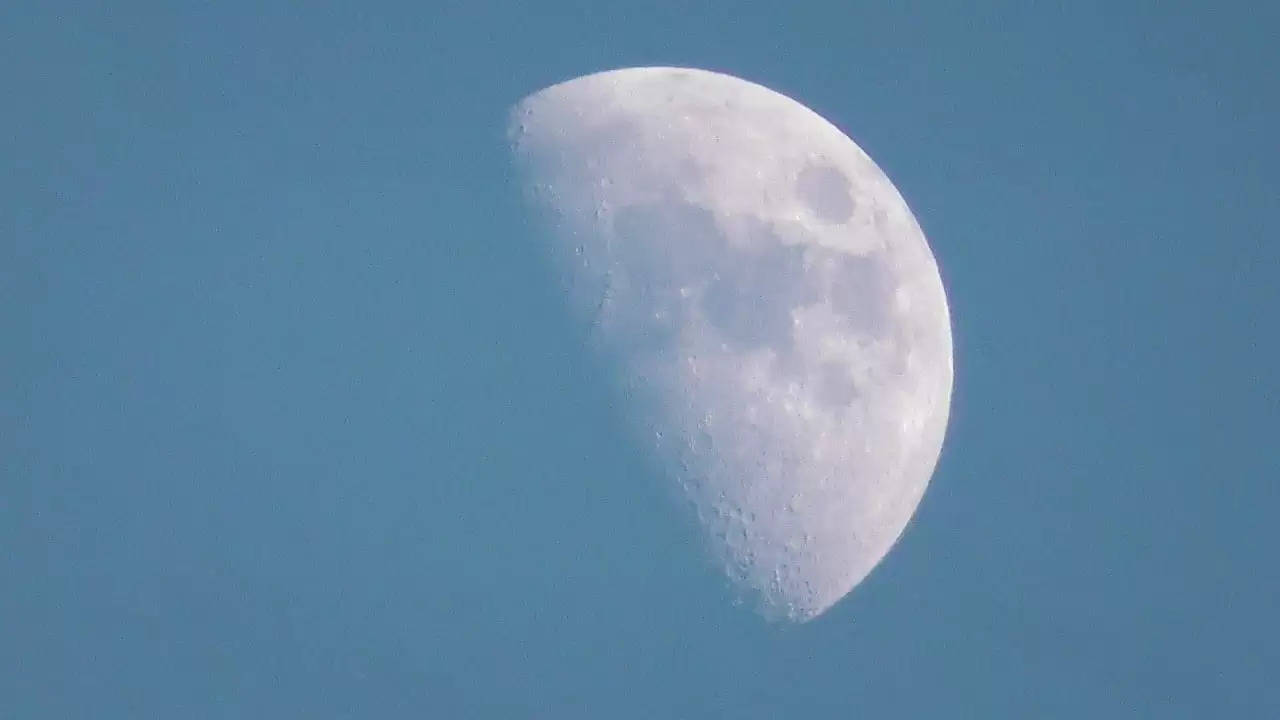Scientists find water on the sunlit surface of Moon

WASHINGTON (PTI):
Scientists have confirmed that the presence of water on the sunlit surface of the Moon shows that water molecules may be distributed across the lunar surface, and not limited to the cold, shadowed places as previously thought.
Using NASA’s Stratospheric Observatory for Infrared Astronomy (SOFIA), the researchers detected water molecules (H2O) in Clavius Crater - one of the largest craters visible from the Earth, in the Moon’s southern hemisphere.
While earlier studies of the Moon’s surface, including those conducted during the Indian Space Research Organisation’s (ISRO) Chandrayaan-1 mission, detected some form of hydrogen, the NASA scientists said these were unable to distinguish between water and its close chemical relative, hydroxyl (OH).
Data from the current study, published in the journal Nature Astronomy, revealed that the Clavius Crater region has water in concentrations of 100 to 412 parts per million - roughly equivalent to a 12-ounce bottle of water - trapped in a cubic meter of soil spread across the lunar surface.
As a comparison, the researchers said the Sahara desert has 100 times the amount of water than what SOFIA detected in the lunar soil.
“Prior to the SOFIA observations, we knew there was some kind of hydration. But we didn’t know how much, if any, was actually water molecules — like we drink every day — or something more like drain cleaner,” said Casey Honniball, the lead author of the study from the University of Hawaii.
Despite the small amounts, they said the discovery raises new questions about how water is created and how it persists on the harsh, airless lunar surface.
Commenting on how the water was stored on the lunar surface, the scientists noted that the water could be trapped into tiny beadlike structures in the soil that form out of the high heat created by micrometeorite impacts.
Another possibility is that the water could be hidden between grains of lunar soil and sheltered from the sunlight —potentially making it more accessible than water trapped in beadlike structures, they noted in a statement.
“It was, in fact, the first time SOFIA has looked at the Moon, and we weren’t even completely sure if we would get reliable data, but questions about the Moon’s water compelled us to try,” said Naseem Rangwala, SOFIA’s project scientist at NASA’s Ames Research Center in the US.
“It’s incredible that this discovery came out of what was essentially a test, and now that we know we can do this, we’re planning more flights to do more observations,” Rangwala added.
ALSO READ:
Also Read: Arunachal: Two more succumb to COVID-19, death toll at 35

















